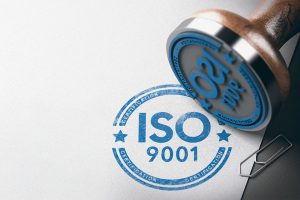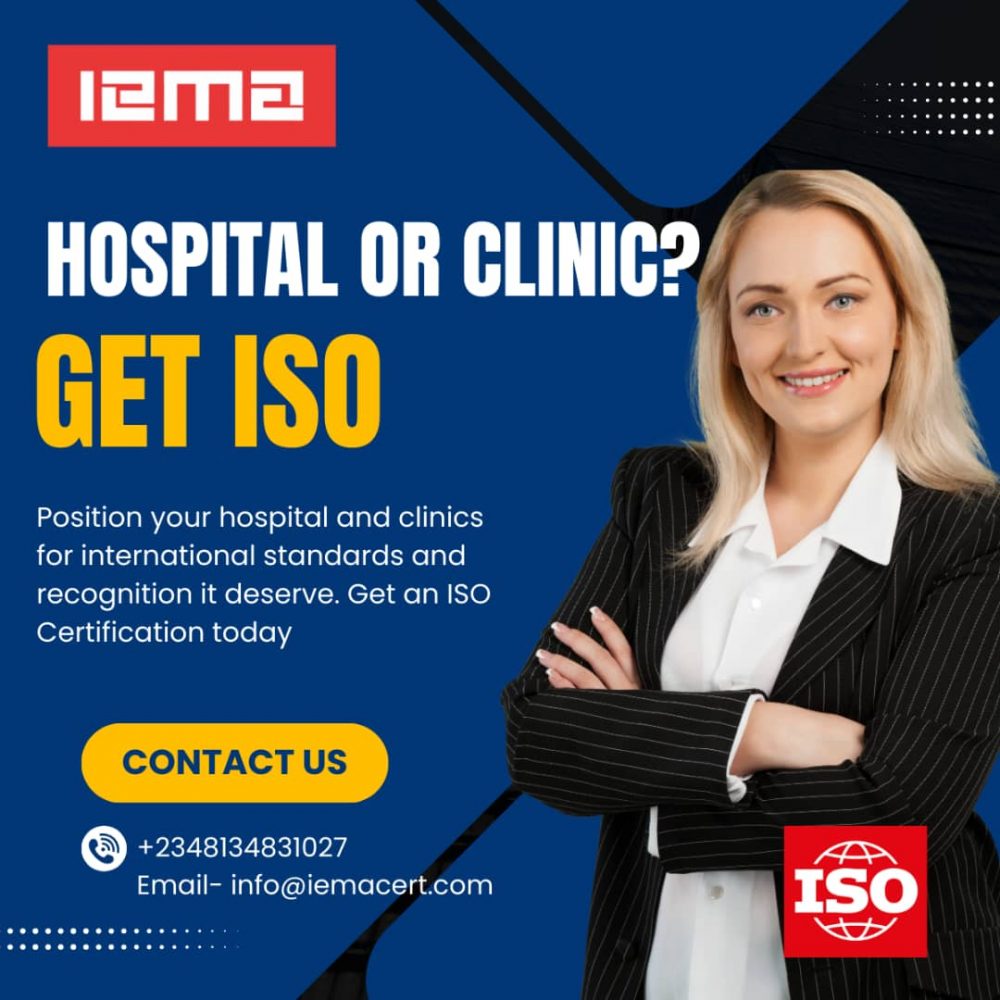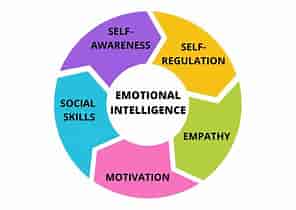
4 CONTEXT OF THE ORGANIZATION
4.1 UNDERSTANDING THE ORGANIZATION AND ITS CONTEXT
- Have you determined the external and internal issues that are relevant to your organization?
You need to determine the external and internal issues that are relevant to your organization.
4.2 UNDERSTANDING THE NEEDS AND EXPECTATIONS OF INTERESTED PARTIES
- Have you determined the interested parties for your QMS and their relevant needs and expectations, and which of these become compliance obligations?
Yes or No
You need to determine the interested parties for your QMS, their relevant needs requirements, and which of these become compliance obligations.
4.3 DETERMINING THE SCOPE OF THE QMS
- Have you determined and documented the scope of your QMS?
Yes or No
You need to determine and document the boundaries and applicability of your QMS by considering external and internal issues, compliance obligations, physical boundaries, what you control and influence and your activities, products and services.
4.4 QMS AND ITS PROCESSES
- Have you established, implemented, maintained and continually improved a QMS?
Yes or No
You need to establish, implement, maintain, and continually improve an QMS including all processes needed; including interactions and sequences of processes and assigning resources.
- LEADERSHIP AND WORKER PARTICIPATION
5.1 LEADERSHIP AND COMMITMENT
- Does top management demonstrate leadership of the OH&S?
Yes or No
Top management needs to demonstrate leadership of the QMS by accounting for the efficiency of the OH&S, ensuring QMSintegration into business practices, promoting improvement, and ensuring resources are available.
5.2 QMS POLICY
- Has top management defined the QMS policy within the scope of the QMS?
Yes or No
An QMS policy must be established that is appropriate for the organization, provides a framework for QMS objectives, and shows commitment to protecting the QMS, meeting compliance obligations and continual improvement.
- Is the QMS policy available, maintained, communicated, and understood by relevant interested parties?
Yes or No
The QMS policy needs to be available, maintained, communicated, and understood by relevant interested parties.
5.3 ORGANIZATIONAL ROLES, RESPONSIBILITIES AND AUTHORITIES
- Has top management assigned responsibilities and relevant roles for the QMS development, reporting and maintenance?
Yes or No
Top management must assign responsibilities and relevant roles for the QMS development, reporting, and maintenance so that it meets the intended goals and this documented information is maintained. Top management should communicate to all interested parties in the organization.
5.4 PARTICIPATION AND CONSULTATION
- Has the organization established, implemented and maintained the process for consultation and the participation of nonmanagerial employees in QMS management, including incident investigations, risk assessments, control and monitoring activities and internal auditing?
Yes or No
The organization needs to establish a process for consultation and participation of employees that defines mechanisms, training, time, and resources necessary its effectiveness.
6 PLANNING
6.1 ACTIONS TO ADDRESS RISKS AND OPPORTUNITIES
- Has planning for the QMS considered issues and requirements that determine the risks and opportunities to be addressed?
Yes or No
You need to plan for the QMS and consider issues and requirements that determine the risks and opportunities to be addressed.
- Has planning taken place to address the risks and opportunities identified and integrate these into the QMS?
Yes or No
Planning must take place to address the risks and opportunities identified and integrate these into the QMS.
- Did the organization establish, implement and maintain a process for hazard identification taking into account past relevant incidents, how work is organized, social factors, leadership and culture in the organization, emergency situations and actual or proposal changes and maintain documented information about these?
Yes or No
You need to establish, implement and maintain a process for hazard identification taking into account past relevant incidents, how work is organized, social factors, leadership and culture in the organization, emergency situations and actual or proposal changes, and maintain documented information about these.
- Is there a procedure to identify legal and other requirements related to QMS?
Yes or No
You need to determine your compliance obligations, how they apply to your organization, and take these into account in the QMS.
- Have you planned to take action to address QMS hazards, compliance obligations, and risks and opportunities and integrate these into your QMS processes?
Yes or No
You must plan to take action to address QMS hazards, compliance obligations, and risks and opportunities and integrate these into your QMS processes.
6.2 QMS OBJECTIVES AND PLANNING TO ACHIEVE THEM
- Have you established QMS objectives that are measurable, monitored, communicated, updated, and documented, and planned actions to achieve them?
Yes or No
You need to establish QMS objectives for the QMS that are measurable. You should monitor, communicate, update, and document, and plan actions to achieve them.
7 SUPPORT
7.1 RESOURCES
- Have you determined the resources needed for the QMSincluding those for implementation, maintenance, and continual improvement?
Yes or No
You need to determine the resources needed for the QMS including those for implementation, maintenance, and continual improvement.
7.2 COMPETENCE
- Is appropriate competence assessed, and training provided where needed, for personnel who will perform functions within the QMS processes?
Yes or No
You need to determine the necessary competence required of persons who will perform functions within the QMS processes and provide training where needed. You should retain documented information as an evidence of competence and of training provided.
7.3 AWARENESS
- Have you taken actions to ensure persons doing work within the QMS know the QMS policy, objectives, compliance obligations, hazards & risks relevant to them and their part in the QMS performance, including results of relevant incident investigations?
Yes or No
You need to take actions to ensure persons doing work within the QMS know the QMS policy, objectives, compliance obligations, hazards & risks relevant to them and their part in the QMS performance, including results of relevant incident investigations.
7.4 COMMUNICATION
- Is there a procedure to communicate internally and externally to the company, including if the QMS hazards will be communicated outside of the company?
Yes or No
You need to determine the what, when, with whom, how, and who of the QMS communication, for both internal and external communications relevant to the QMS, taking into account its legal and other requirements, and retain documented information as evidence of QMS communication.
7.5 DOCUMENTED INFORMATION
- Have you set up a process to control documented information of the QMS including creating and updating, control of use, adequate protection, control of distribution, and changes?
Yes or No
You need to set up a process to control documented information of the QMS. The procedure should specify approval, review and update, change identification, relevant version availability, document legibility, control of external documents and prevention of obsolete document use.
8 OPERATION
8.1. OPERATIONAL PLANNING AND CONTROL
- Do you plan, implement, control and maintain the processes needed to meet requirements of the QMS and implement the required actions to address risks and opportunities according to criteria for the processes and maintain and retain this documented information?
Yes or No
You need to plan, implement, control and maintain the processes needed to meet requirements of the QMS and implement the required actions to address risks and opportunities according to criteria for the processes and maintain and retain this documented information.
- Does the organization establish, implement and maintain processes for the elimination of hazards and reduction of QMS risk using the hierarchy of controls?
Yes or No
You need to establish, implement and maintain processes for the elimination of hazards and reduction of QMSrisk using the hierarchy of controls.
- Does the organization establish a process for the implementation and control of planned temporary and permanent changes that impact QMS performance?
Yes or No
You need to establish a process for the implementation and control of planned temporary and permanent changes that impact QMS performance.
- Does the organization establish, implement and maintain a process to control the procurement of product and services in order to ensure their conformance with its QMS?
Yes or No
The organization establishes, implements and maintains a process to control the procurement of product and services in order to ensure their conformance with its QMS.
- Does the organization establish and maintain a process to define and apply QMS criteria for the selection of contractors?
Yes or No
The organization needs to establish and maintain a process to define and apply QMScriteria for the selection of contractors to ensure that the requirements of the organization’s QMS are met by contractors and their workers.
8.2 EMERGENCY PREPAREDNESS AND RESPONSE
- Have you established, implemented, and maintained processes to respond to any potential emergency situations to prevent QMS impacts?
Yes or No
You need to establish, implement and maintain processes to respond to any potential emergency situations to prevent QMS impacts.
- Are planned responses tested where practicable and reviewed and revised as necessary?
Yes or No
You need to test planned responses where practicable and review and revise as necessary.
9 PERFORMANCE EVALUATION
9.1 MONITORING, MEASUREMENT, ANALYSIS AND EVALUATION
- Have you determined the monitoring and measurement needs, how it will be done, and when it shall be performed for the processes of the QMS? Are analysis and evaluation done on the data and information arising from monitoring and measurement?
Yes or No
You need to determine the monitoring and measurement needs, how it will be done, and when it shall be performed for the processes of the QMS. You need to analyze and evaluate the data and information arising from monitoring and measurement.
- Have you established, implemented and maintained a process to evaluate how you fulfill your compliance obligations?
Yes or No
You need to establish, implement and maintain a process to evaluate how you fulfill your compliance obligations.
9.2 INTERNAL AUDIT
- Are there audit procedures to evaluate the QMS against the planned arrangements (including effectiveness and maintenance) at planned intervals? Are results reported to management?
Yes or No
You need to have audit procedures to evaluate the QMS against the planned arrangements (including effectiveness and maintenance) at planned intervals and results must be reported to management.
9.3 MANAGEMENT REVIEW
- Does top management review the data from the QMS to assess the need for change in the QMS, resource adequacy, and the effectiveness of the QMS?
Yes or No
Top management must review the data from the QMS at planned intervals to assess the need for change in the QMS, resource adequacy, and the effectiveness of the QMS. Records must be kept of the review.
10 IMPROVEMENT
10.1 GENERAL
- Do you identify opportunities for improvement and implement action to achieve the intended outcomes of the QMS?
Yes or No
You need to identify opportunities for improvement and implement action to achieve the intended outcomes of the QMS.
10.2 NONCONFORMITY AND CORRECTIVE ACTION
- Does the organization establish, implement and maintain a process that includes reporting, investigating and taking actions, to determine and manage incidents and nonconformities and retain documented information about it?
Yes or No
You need to establish, implement and maintain the process that includes reporting, investigating and taking actions, to determine and manage incidents and nonconformities and retain documented information about it. You need to take records of corrective actions taken to overcome nonconformities.
- After action is taken, do you assess the effects and update the QMS if necessary?
Yes or No
After action is taken you need to asses the effects and update the QMS if necessary. These actions need to be appropriate to the magnitude of the problem.
10.3 CONTINUAL IMPROVEMENT
- Do you continually improve the suitability, adequacy, and effectiveness of the QMS?
Yes or No
You need to continually improve the suitability, adequacy, and effectiveness of the QMS.
According to our gap analysis tool you have implemented
Send your result to iemanigeria@gmail.com or info@iiema.org or simply call us on 08134831027. Our Iso consultants and experts are ready to answer all your questions and guide you further on all your ISO compliance efforts




Leave a Reply